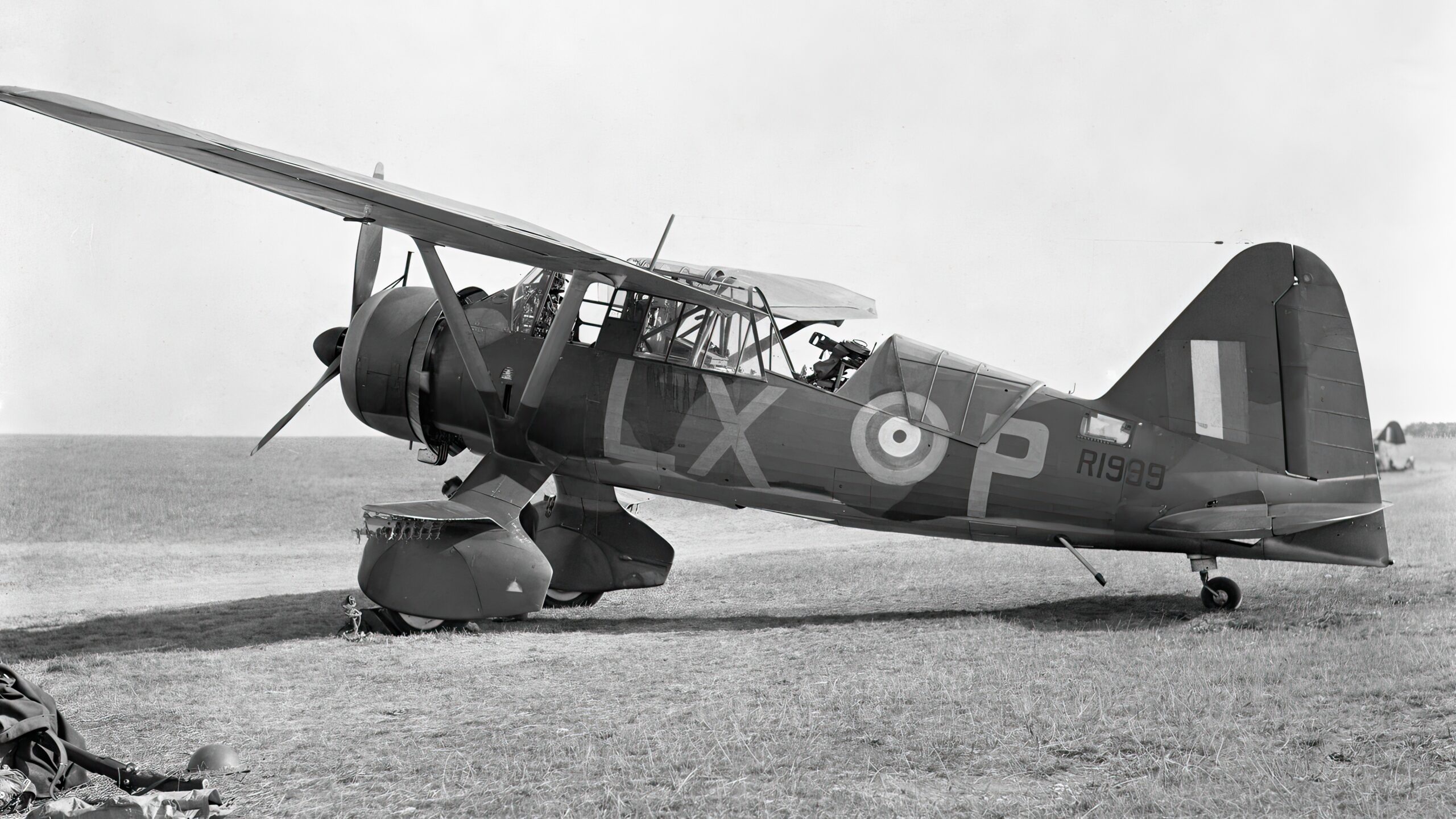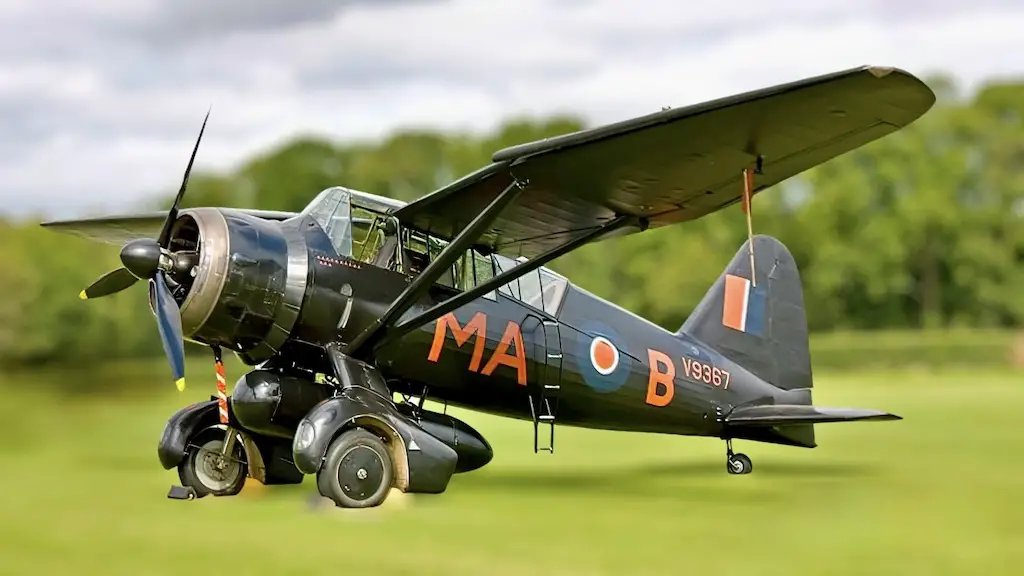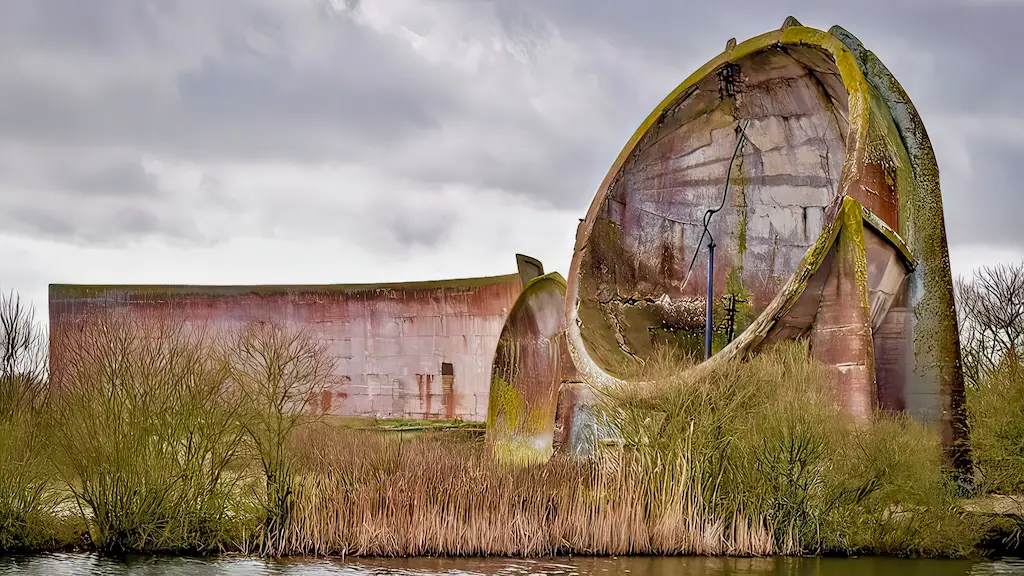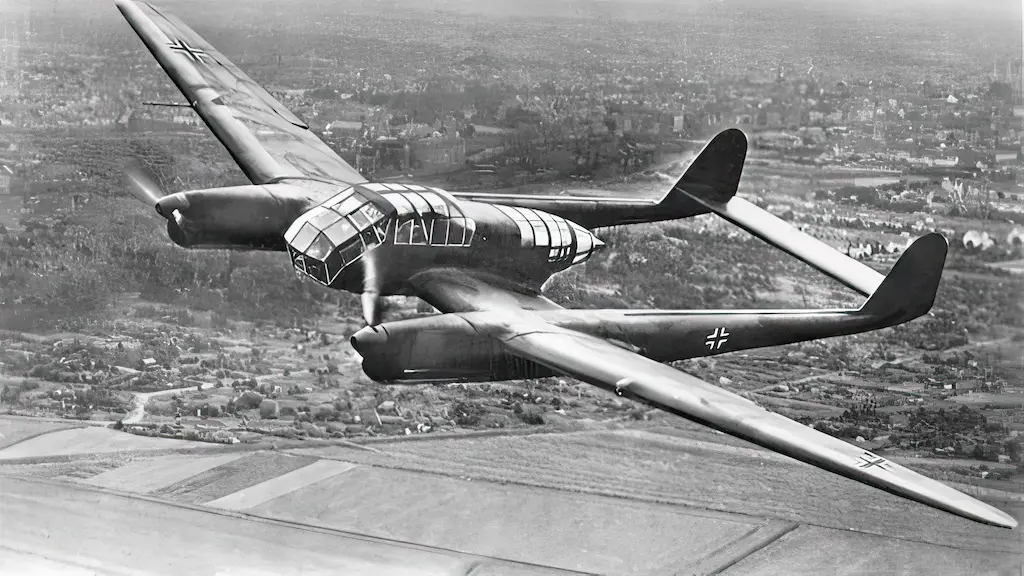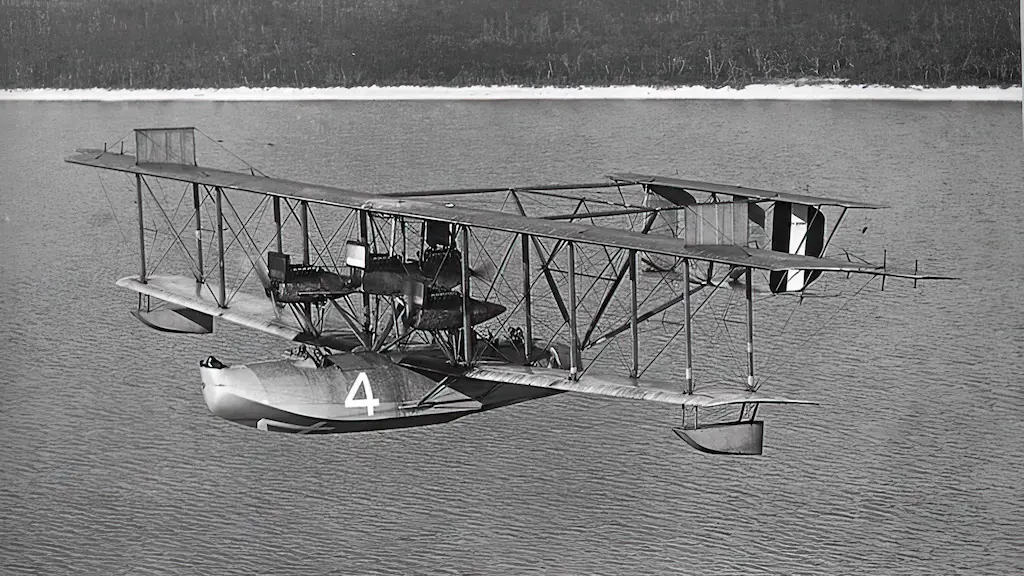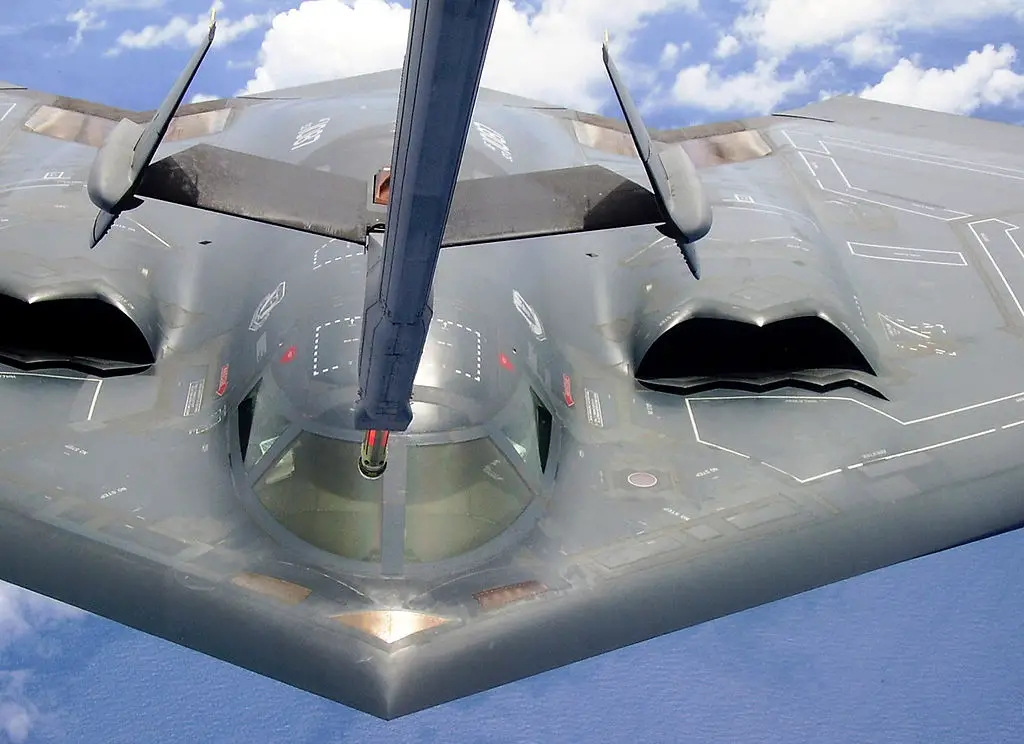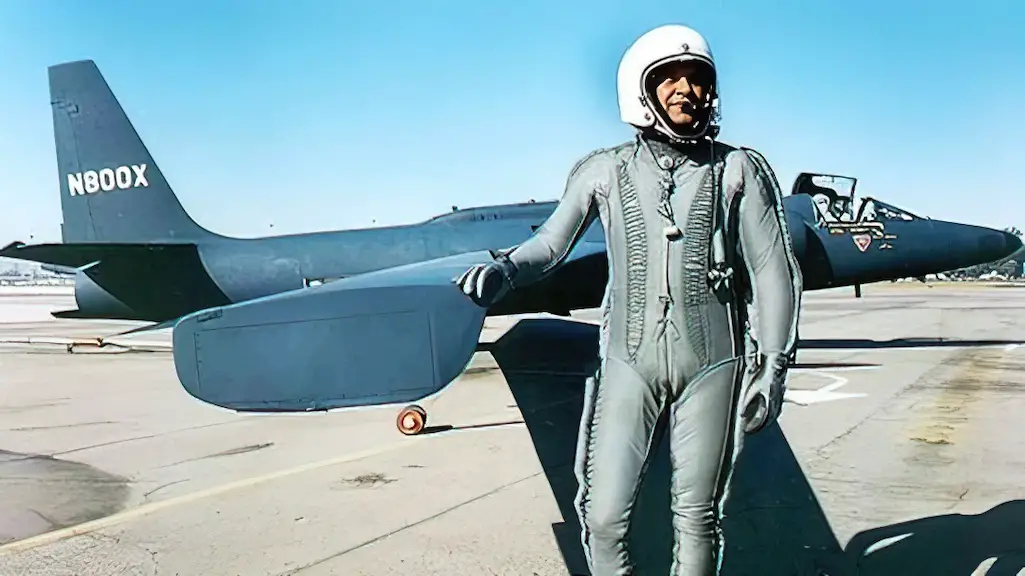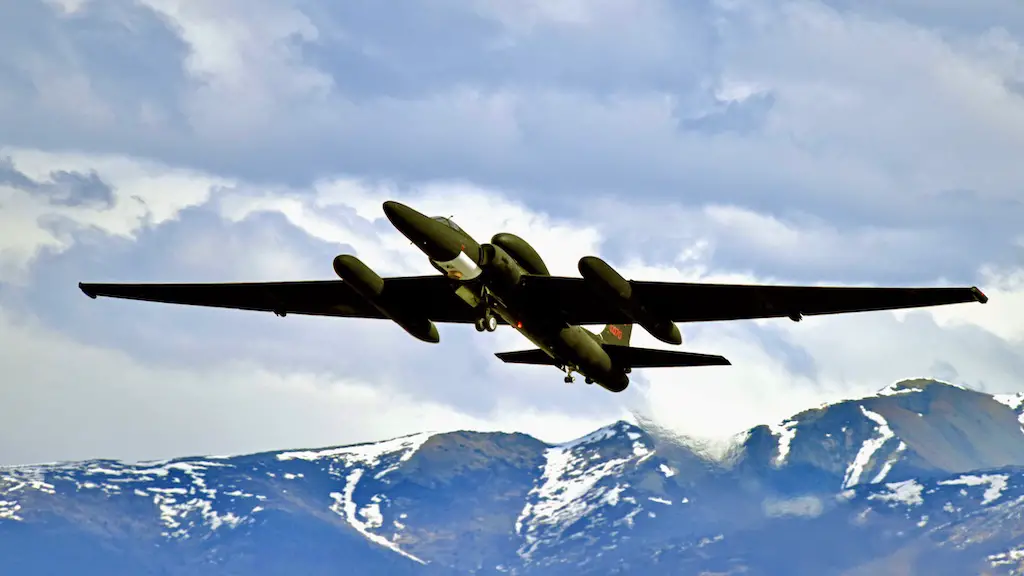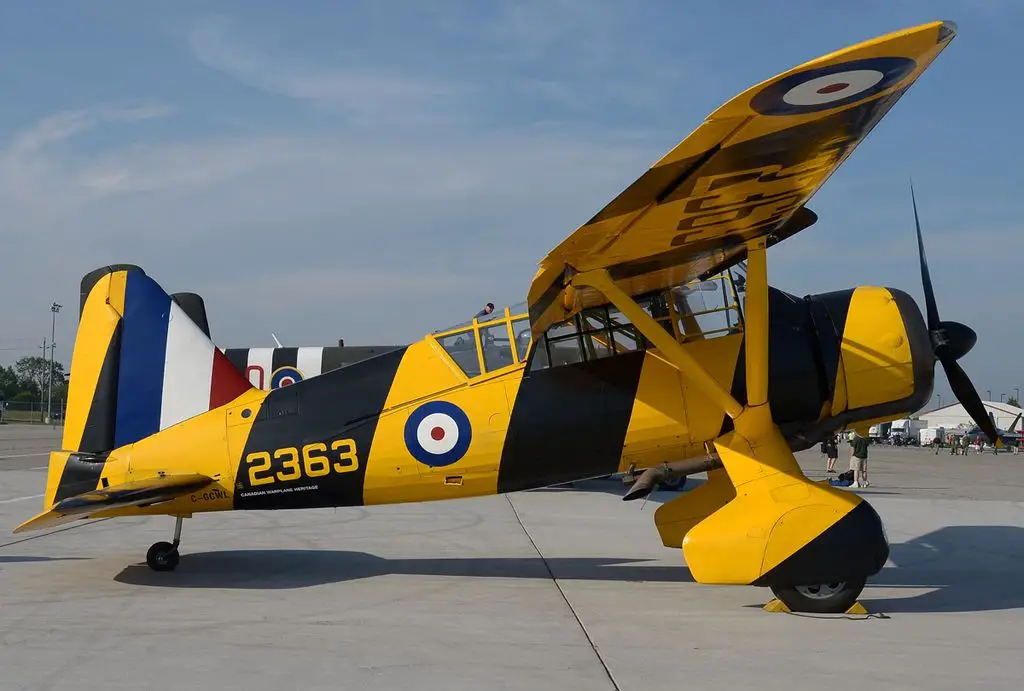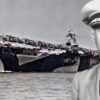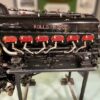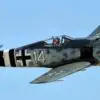The Lysander’s Unconventional Allure
The Westland Lysander, with its peculiar design featuring a stout, corn cob-like fuselage, backward-leaning wings, and oversized wheels and rudder fin, often leaves a lasting impression. At first glance, it appears almost comical, seemingly out of place in the ruthless theater of war with its bulky shape and seemingly delicate structure. Yet, beneath this unconventional exterior lies a storied past of ingenuity, adaptability, and heroism. Initially perceived as an oddity possibly too fragile and ungainly for serious combat, the Lysander’s journey from an underdog to a celebrated war asset is a fascinating tale of transformation and unexpected triumph.
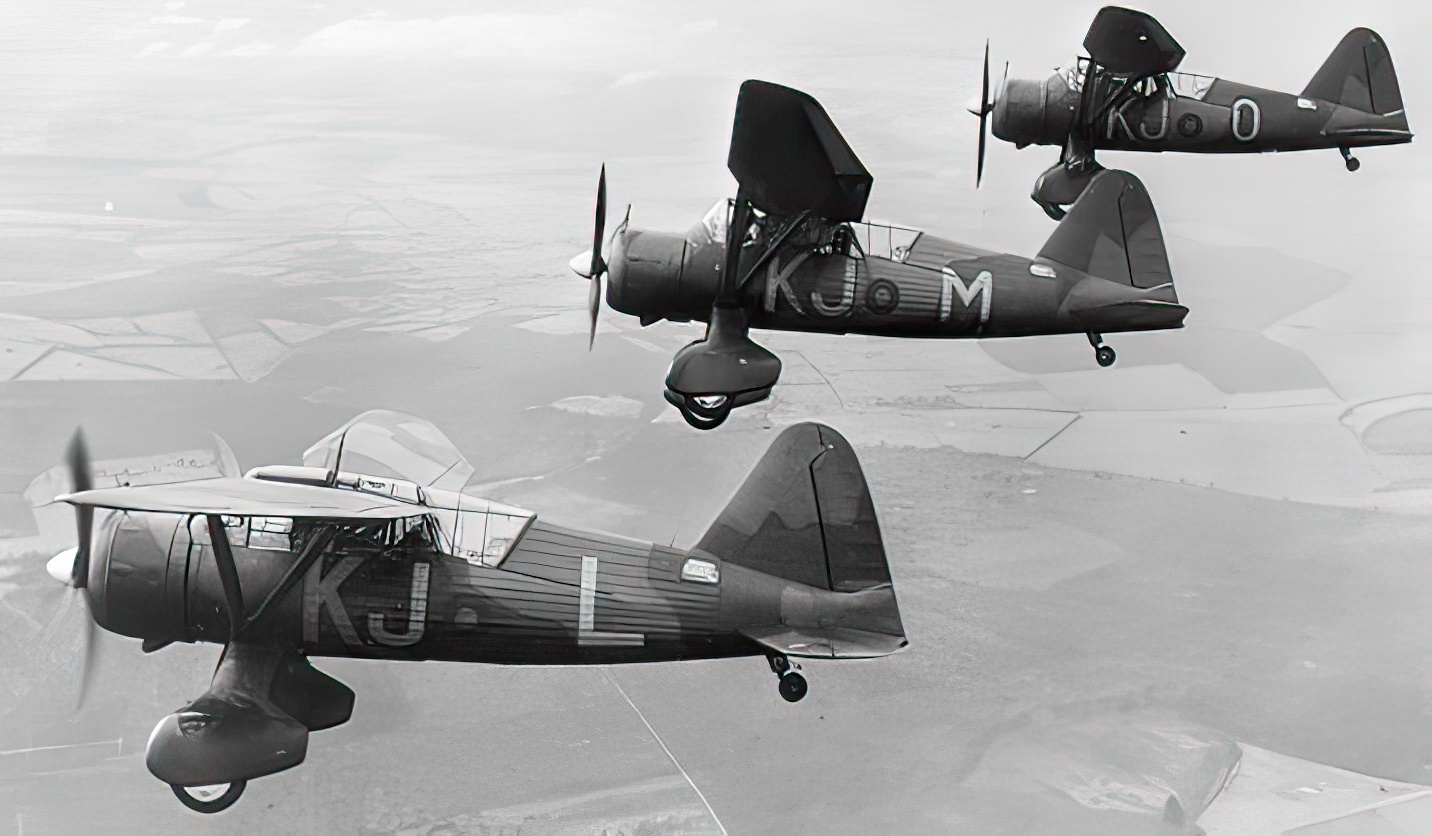
The Urgent Call for Innovation
In 1934, the British Air Ministry was on a quest to replace the Hawker Hector, an outdated biplane, with a modern two-seat army cooperation aircraft. Westland’s response to specification A.39-34 under the leadership of the young and relatively inexperienced William Teddy Pedder was met with skepticism. Pedder’s promotion stirred controversy within the company, hinting at nepotism and unsettling more seasoned employees. Yet, his commitment to understanding the aircraft from the ground up, directly engaging with pilots and ground crews, laid the groundwork for an innovative approach to the new aircraft’s design.
Initial Concepts
The initial design, called the P8, was an amalgamation of contemporary and advanced technology. It was built on a fixed landing gear with an inverted U-shaped support and a fuselage of steel tubes. The front end boasted an aluminum cowling, while the rear was fabric-covered. The Bristol Mercury engine, a nine-cylinder air-cooled radial engine, powered the aircraft. Behind the pilot, an observer gunner seat was equipped with a .303 inch Lewis or Vickers K machine gun.
However, the most distinctive feature was its wings, which had a reverse taper and included advanced short takeoff and landing capabilities, like automatic wing slats and slotted flaps. The large, spatted wheels, not just a unique aesthetic feature, were also functional, housing forward-firing machine guns and allowing for additional bomb load carriage.
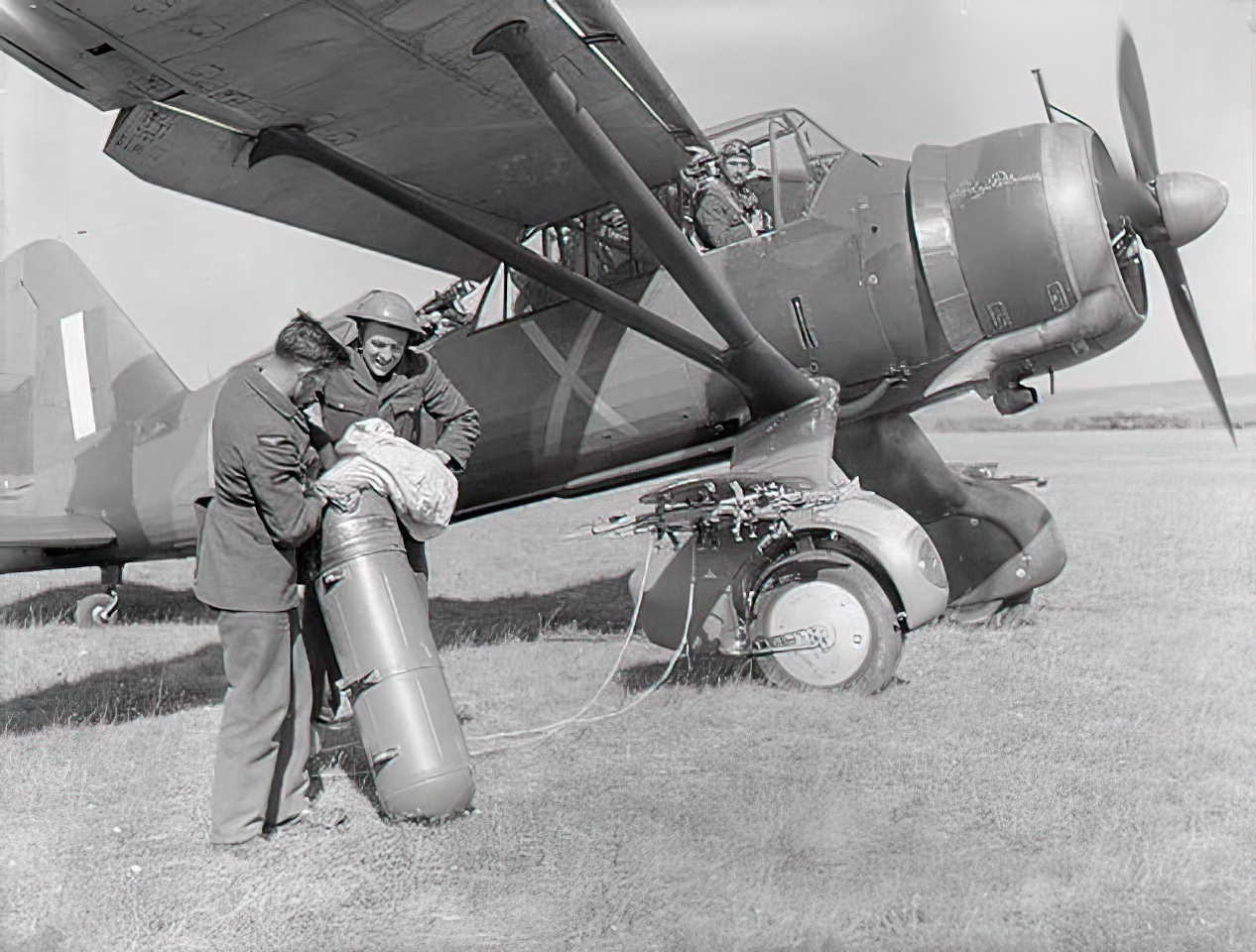
A Rocky Introduction
The Lysander entered production after the Air Ministry’s approval, marking the beginning of a challenging operational history. Initially deployed in 1938 for roles like artillery spotting and message dropping in France, the Middle East, and India, the Lysander quickly demonstrated vulnerabilities. Its performance was hindered by its size, speed, and weight, making it an easy target. The harsh realities of combat led to significant losses, and by the time of the Dunkirk evacuation, the Lysander had suffered gravely, with a stark loss of 118 out of the 175 deployed.
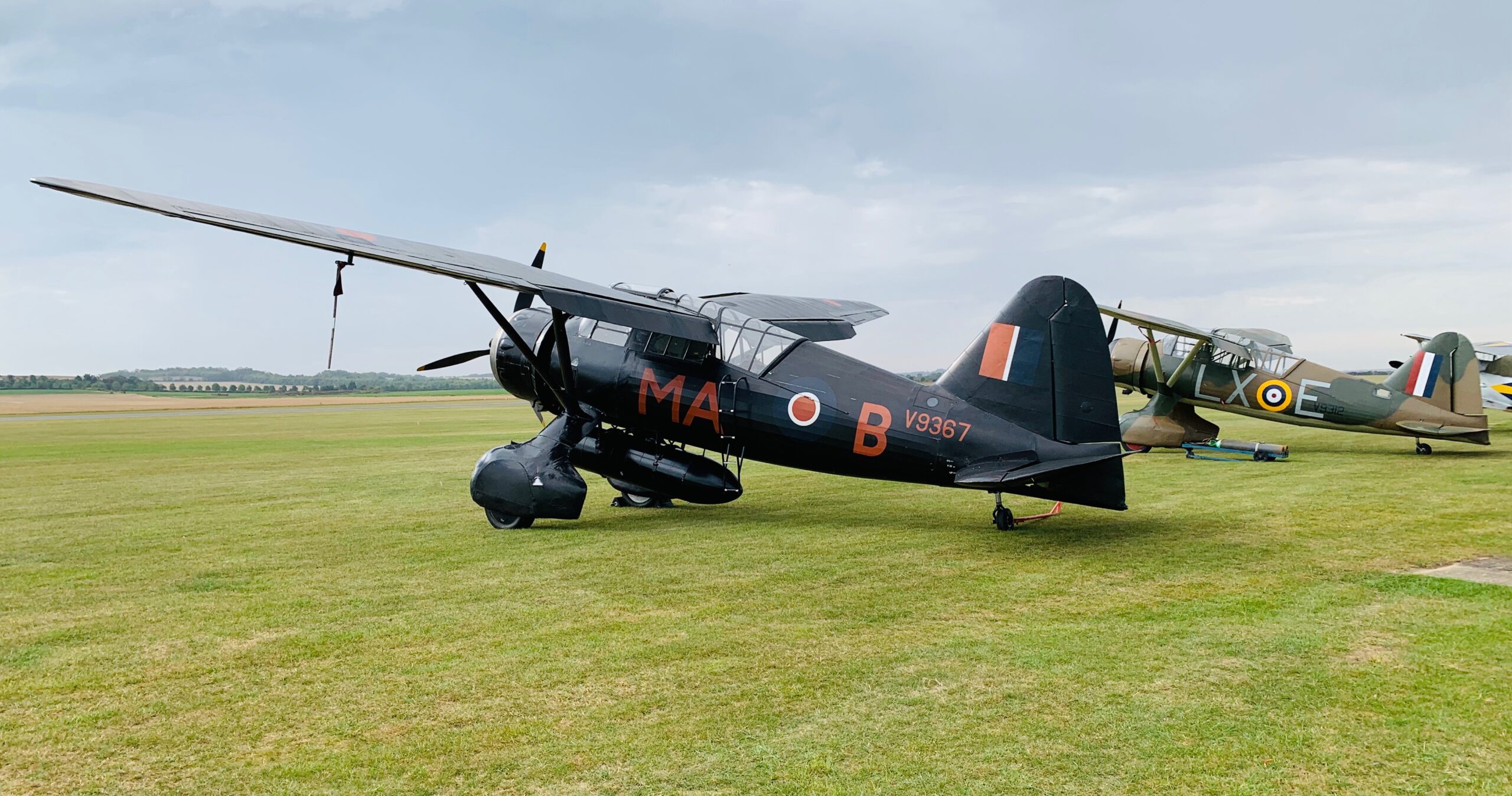
Setbacks
Despite its operational setbacks, the Lysander was far from finished. As the threat of German invasion loomed, it adapted to various roles, including target towing and air-sea rescue. The Canadian Royal Air Force even employed the Lysander in diverse operations ranging from anti-submarine patrols to search and rescue missions. Yet, its most iconic role was yet to come with the formation of the No. 138 Special Duties Squadron. This unit specialized in covert operations for the Special Operations Executive (SOE), dropping spies and equipment into enemy-occupied Europe. The Lysander Mark III SCW, modified for these missions, was a stripped-down version designed for maximum efficiency in stealth and quick insertions.
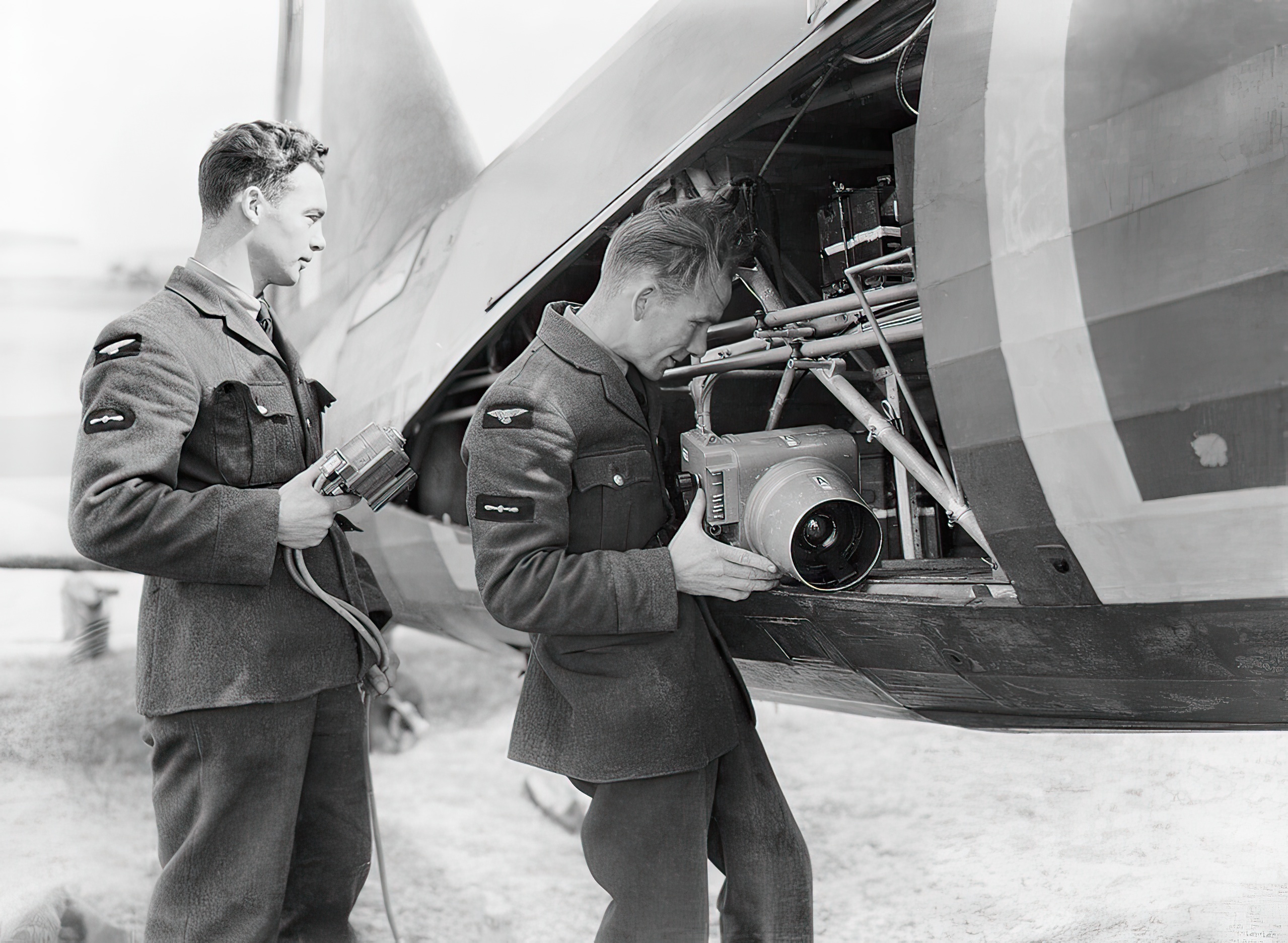
The Making of a Spy Carrier
The Lysander’s transformation into a spy carrier was no small feat. Painted black for night operations, equipped with a large fuel tank for extended range, and featuring a simplified radio set to make room for passengers, the Lysander III SCW became the SOE’s secret weapon. Pilots were carefully selected for their exceptional flying and navigational skills, required to pinpoint remote fields in the dark of night. They trained intensively, learning to recognize and land in makeshift airfields marked by agents with flashlights arranged in an inverted L shape. The success of these missions was pivotal, with the Lysander aiding in the safe extraction of nearly 600 agents and allied airmen.
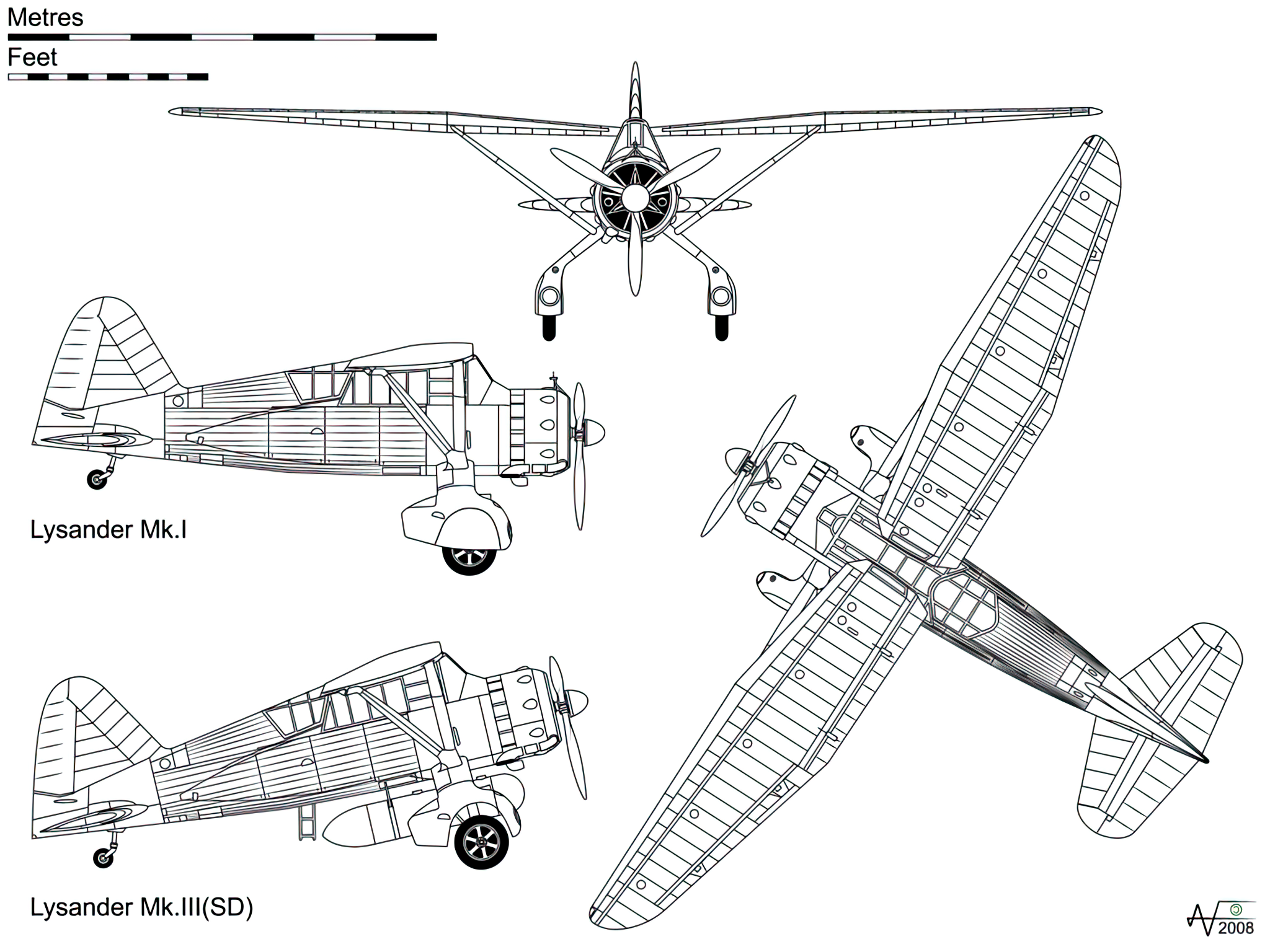
Night Missions
The pilots of these night missions were the unsung heroes of the Lysander story. Recruited from a pool of experienced aviators, these individuals underwent rigorous training that tested their limits. Their final examinations involved actual night flights over France, identifying specific locations under the cover of darkness. These operations were fraught with peril, from navigating unseen obstacles to avoiding enemy detection, all while ensuring the safe drop-off and retrieval of agents.
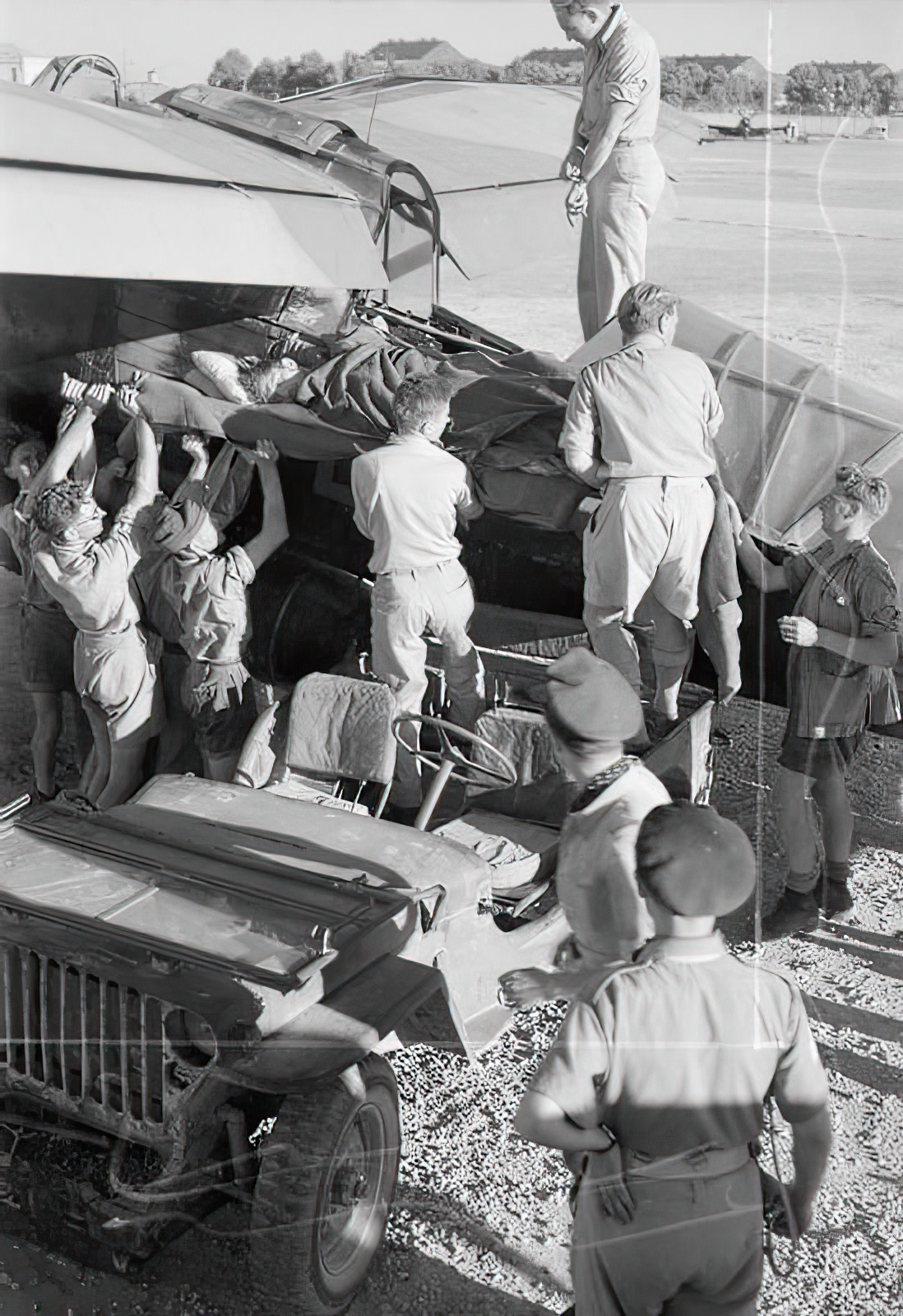
Lysander Survivors
Despite its tumultuous service life, the Lysander was operated by numerous countries and saw action even in the post-war period, notably in the 1947-1949 Palestine War by the Egyptians. Its durability and unique design have left a lasting legacy, with several aircraft preserved in museums and collections worldwide. Some Lysanders remain airworthy, including the Lysander 3A, which flies out of Vintage Wings of Canada, serving as living history and a tribute to the aircraft’s significant role in wartime operations.
